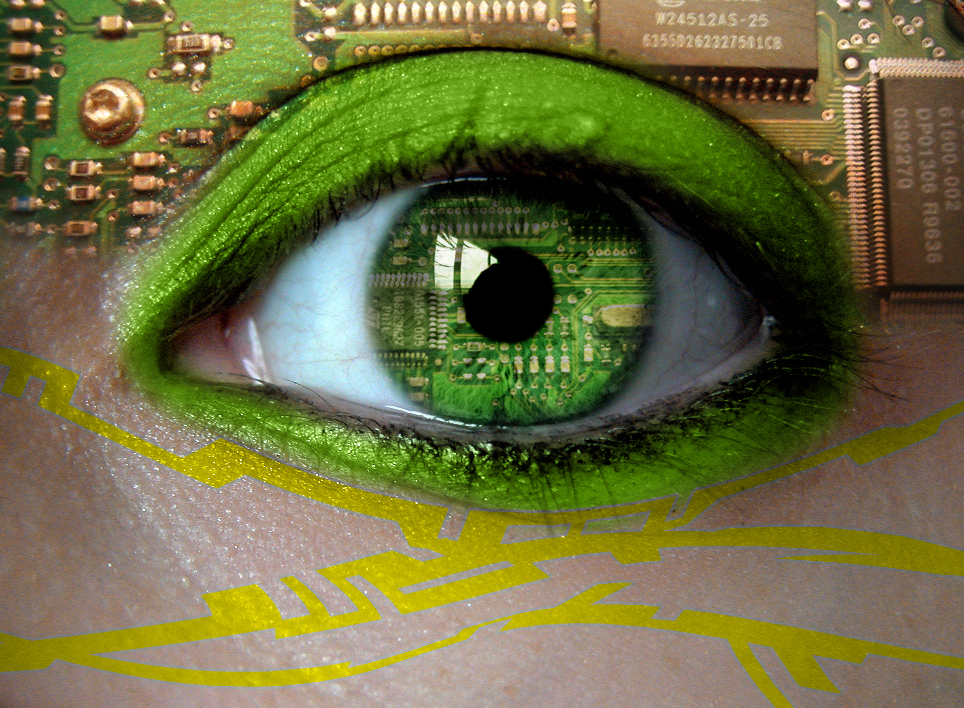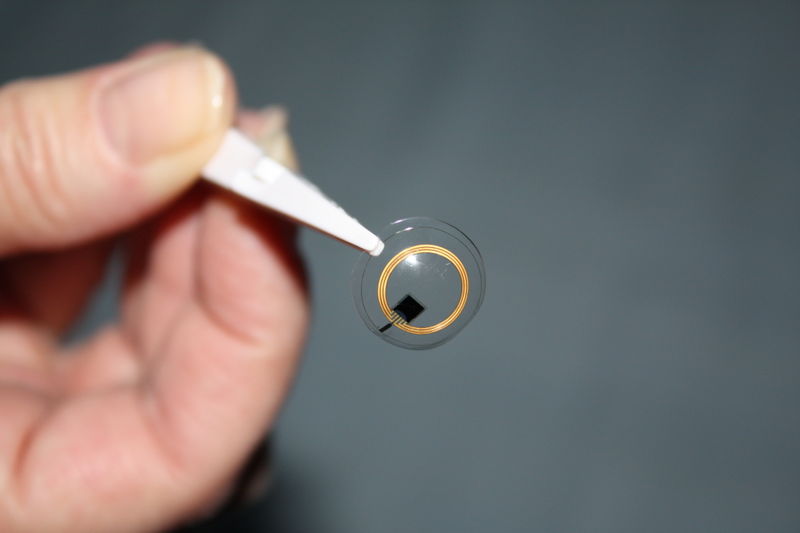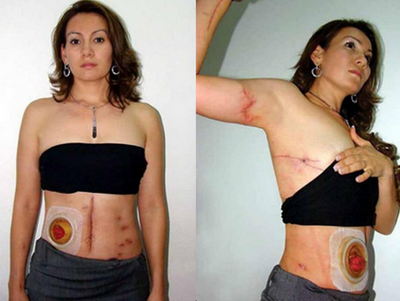The news that Google has been developing a ‘smart contact lens’ that measures glucose levels in tears has opened people’s eyes to the possibilities of contact lenses. Up until now people might have only thought that contact lenses could correct sight problems – or perhaps allow you to have hazel eyes for a change if you fancy it – but the technology giant’s announcement will no doubt change the way many people think about contact lenses.
While the general public might only be realising the full potential of contact lenses, scientists around the world have been developing electronic contact lenses for different purposes for years. Here we take a closer look at the contact lenses that could help the millions of people with diabetes and two other electronic lenses that could make big differences to people’s lives.
Glucoses Monitoring Lenses
By using a scaled down glucose sensor and a tiny wireless chip, all fitted in between layers of contact lens material, Google has come up with an innovative way for to track the body’s glucose levels. People with diabetes currently manage their condition by testing drops of blood several times a day to ensure that glucose levels are safe – the contact lenses could take readings every second, alerting the wearer of a potential problem either by communicating with an app or activating tiny LED lights within the lens.
While the technology is still years away from being a realistic replacement for current blood glucose monitors, a report from the International Diabetes Federation claiming that by 2035 one in 10 people will have diabetes shows that investing in ways to manage and treat diabetes is sorely needed now.
Glaucoma
While glaucoma is easily detected during an eye examination, in many cases the condition has no symptoms, meaning many people are often unaware they have it – and left untreated it can lead to permanent, irreversible blindness. Contact lenses designed by Zurich based company the Wearable Computing Group aim to notify wearers they are developing the condition before it’s too late, allowing them to treat the disease and retain their sight.
The device measures pressure inside the eye, which is key to spotting glaucoma, by using a semiconductor that is just a micrometre (1/10,000th of a millimetre) thick. The cost of the technology means that it won’t be ready for market for many years, but once it is available it is hoped this device could lead to lower rates of blindness caused by the crippling eye disease.
Braille Contact Lenses
Scientists at Israel’s Bar-Ilan University’s Faculty of Engineering have designed a contact lens that could eventually help blind people to ‘see’ the world around them. The lens works by sending electronic data wirelessly from a camera, which could be worn on spectacles, to the contact lenses. These contact lenses are manufactured with electrode which not only pick up these wireless signals but then transmit them into sensations that stimulate the retina.
Scientists claim that wearers of the lenses would be able to learn to interpret the stimulations in the same way people learn to read braille, giving them ‘tactile vision’ that could help blind people perform tasks others take for granted such as crossing the road. While the device has yet to be tested on humans – the nature of the device has made gaining approval a lengthy process – trials on animals have indicated the lenses would be successful in their aims.
iOptik
It’s not only medical electronic lenses that are being developed – at this year’s Consumer Electronics Show Innovega unveiled contact lenses that, when used in conjunction with a pair of special glasses, can display visuals that could be used for all manner of purposes. From providing driving directions to playing videos, the glasses and lenses combo has (according to the company) unlimited possibilities – although there’s no word on how audio would be delivered at the moment.
Author Bio:
Written by Matt Harris of Feel Good Contact Lenses – visit them in the future for electronic contact lenses, or today for a wide range of solutions, eye drops and non-electric lenses.





